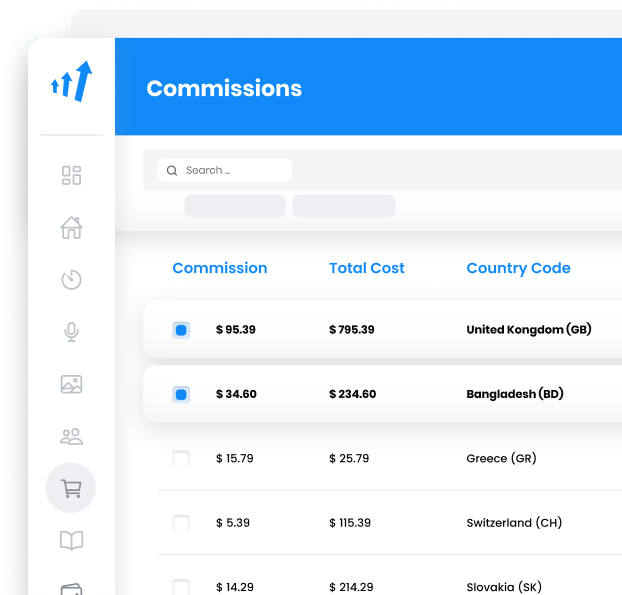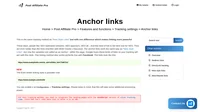What is on-page SEO?
On-Page SEO, also referred to as on-site SEO, is the process of optimizing individual web pages to rank higher in search engines and attract more relevant traffic. This optimization involves both the content on the page and its HTML source code. Unlike off-page SEO, which includes factors like backlinks and social media presence, on-page SEO focuses on elements within your control. By honing these elements, you can directly influence your site’s performance in search engine results pages (SERPs).

Key Components of On-Page SEO
1. Title Tags
Title tags are crucial HTML elements that define the title of a web page. They appear as clickable headlines in SERPs and are essential for usability, SEO, and social sharing. A well-crafted title tag should be unique, incorporate the primary keyword, and be enticing enough to boost click-through rates.
2. Meta Descriptions
A meta description is a brief summary of a page’s content that shows up under the title tag in SERPs. Although not a direct ranking factor, a compelling meta description can significantly improve click-through rates by clearly conveying the page’s content and relevance. Including pertinent keywords can also enhance its effectiveness.
3. Headings and Subheadings
Headings (H1, H2, etc.) are used to structure content for both users and search engines. They break down content into manageable sections, with the H1 tag typically representing the main title. Proper use of headings enhances readability and helps search engines understand the hierarchy and context of your content.
4. Content Quality
High-quality content that aligns with the user’s search intent is essential for on-page SEO. Content should be original, informative, and engaging, seamlessly incorporating keywords without overstuffing. Regularly updating content can also help maintain its relevance and ranking.
5. Keyword Optimization
Keywords should be thoughtfully embedded throughout the content, including in title tags, headers, and body text. Avoid keyword stuffing, as it can negatively impact rankings. Emphasize long-tail keywords, which are more specific and less competitive, to attract a more targeted audience.
6. URL Structure
SEO-friendly URLs are short, descriptive, and contain the target keyword. An effective URL structure not only enhances site navigation but also provides users and search engines with a clear understanding of the page’s content.
7. Internal Linking
Internal links, which connect different pages within the same website, are vital for establishing a site architecture and distributing link equity. They enhance navigation, encourage deeper engagement, and help search engines understand the relationship between pages.
8. Image Optimization
Images should have descriptive file names and alt tags to aid search engines in comprehending their content. Proper image optimization can improve page load speed and accessibility. Relevant keywords in alt tags can also drive traffic from image searches.
9. User Experience (UX)
A positive user experience is pivotal for on-page SEO. Factors such as mobile-friendliness, fast loading speeds, and an intuitive design contribute to a better user experience. Search engines favor websites that are accessible and easy to navigate.
10. Structured Data
Structured data, or schema markup, is a type of microdata that helps search engines understand the content of a page more effectively. Implementing structured data can enhance the page’s appearance in SERPs, potentially leading to rich snippets and improved click-through rates.
Importance of On-Page SEO in Affiliate Marketing
In affiliate marketing, on-page SEO is crucial for attracting the right audience and converting traffic into sales. Pages that are well-optimized and aligned with user search intent can improve visibility and credibility, thereby increasing conversion rates. By focusing on high-quality content and user experience, affiliate marketers can build trust, drive more traffic, and ultimately boost their earnings.
Tools for On-Page SEO
Several tools are available to assist in optimizing on-page SEO elements:
Site Crawlers: Tools such as Semrush and Ahrefs scan websites to identify SEO issues and uncover optimization opportunities.
SEO Checkers: Tools like SEO Checker provide insights into key metrics, such as content grade and site speed.
Content Optimization Tools: These tools analyze and enhance content for better SEO performance.
Analytics Tools: Platforms like Google Analytics offer data on user behavior, helping refine on-page strategies.

Frequently Asked Questions
How can I do on-page SEO?
On-page or on-site SEO requires optimizing your title tags, meta descriptions, and header tags. Use keyword-rich anchor text, and create fresh and original content.
How can I optimize my content for on-page SEO?
There are many ways to optimize your content for on-page SEO such as using keyword-rich titles and descriptions, structuring your content using headings and subheadings and promoting your content through social media and other channels.
Why is on-page SEO important?
On-page SEO is important because it helps search engines understand what your website is about and how it can be useful for users. It also improves your website's click-through rate (CTR) and organic search traffic.
How To Find Affiliates to Sell Your Products
Discover over 10 successful strategies for finding high-quality affiliates in 2024 to boost your product sales. Learn to leverage influencers, join affiliate networks, and enhance your reach through SEO and social media. Maximize revenue with transparency and ongoing monitoring in your affiliate marketing program.
Post Affiliate Pro recognized as a Category Leader by SourceForge
Post Affiliate Pro named Category Leader by SourceForge for its powerful affiliate features, top user reviews & 24/7 support. Try it now!
9 affiliate marketing tools that’ll help you run your affiliate program
Discover 9 essential tools to supercharge your affiliate marketing program! From visual content creation with Visme to comprehensive management with Post Affiliate Pro and audience insights via Smartlook, these tools will boost your sales and refine your strategy. Dive in to maximize your affiliate success!
Discover Post Affiliate Pro's flexible pricing plans tailored to fit your business needs, with options for Pro, Ultimate, and Network packages. Enjoy a free trial with no credit card required, no setup fees, and the freedom to cancel anytime. Benefit from features like unlimited affiliates, advanced reporting, customizable interfaces, and lifetime support. Save up to 20% with annual billing and take advantage of more than 220 integrations. Perfect for businesses seeking to enhance their affiliate marketing efforts. Visit now to find the ideal plan for you!








